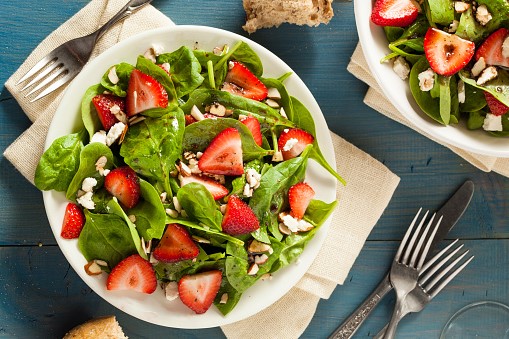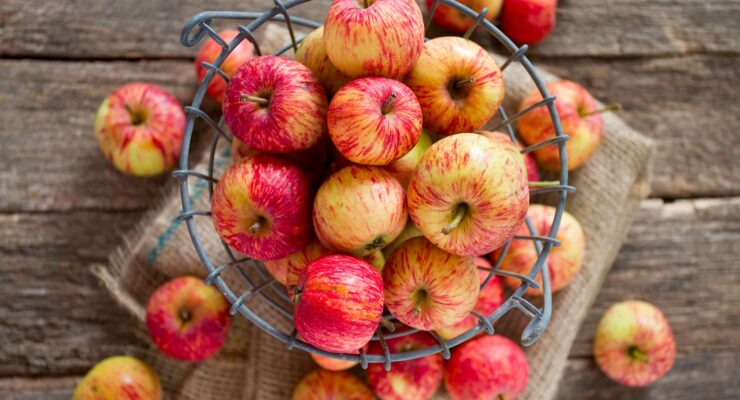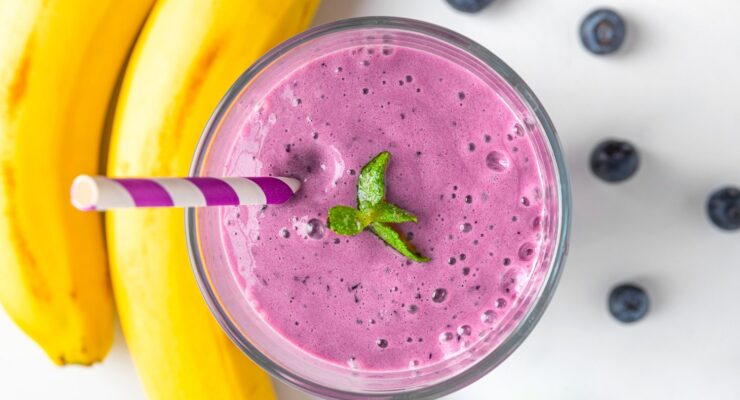Probiotics vs. Prebiotics: What’s the Difference?
Article posted in: Diet & Nutrition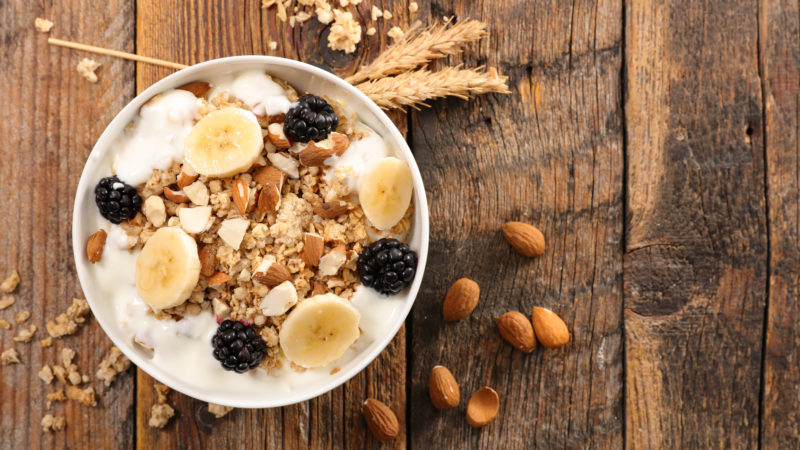
In the last few years, even hardcore germaphobes have been filling their bodies eagerly with bacteria. That’s because we now know that not all “germs” are bad. In fact, some are downright good for you: They can help improve your digestive health, reduce allergies, boost the immune system and, controversially, may even play a role in weight loss.
Next time you take a walk through the grocery, take a look at how product labels promote the “prebiotics” and “probiotics” inside the package, everything from supplements to yogurt to strange-sounding foods like kefir and kombucha.
But what are prebiotics and probiotics? Here’s everything you need to know:
Probiotics
Simply put, these are friendly bacteria. They go by many names, including Lactobaccili and Bifidobacteria which are found in some yogurt brands. According to the Institute of Food Technology, these bacteria that make their home in your gut help the nutrients you eat to be absorbed, break down vitamins and ferment carbohydrates and fiber which, in turn, produces the fatty acids you need to help fight off bad bacteria—the kind that make you sick. They also keep you “regular.”

When you eat a product that contains these good bacteria—such as yogurt and other cultured and fermented dairy products—it can help keep a healthy balance between good and bad bacteria, improve your gut’s immune response and reduce viral infection in your lower intestinal tract. Some studies suggest that probiotics may help prevent allergies, reduce inflammatory bowel diseases as well as the severity of viral and bacterial inflammation, and may even help reduce the risk of colorectal cancer.
Some research scientists are looking closely at what’s called the gut microbiome, the complex and very crowded community of bacteria and other substances that live full-time in the gut. Hard to believe, but each of us harbor hundreds of trillions of them. Some scientists have found, for example, that the gut bacteria in people with obesity and type 2 diabetes are different from those who are lean and healthy. One 2013 study that reviewed 61 published research papers in which researchers looked at the effects of prebiotics, probiotics and food containing both in groups of people and of animals found that an increase in beneficial bacteria did lead in some cases to weight loss as well as to better blood sugar control and lower cholesterol. This kind of research is still in its infancy and some studies have shown no effect at all, but many scientists are exploring the possibility that changing the composition of bacteria in the gut could one day be a solution to metabolism disease such as diabetes and obesity.
The best sources of probiotics include yogurt containing live cultures, aged cheese, kefir (a fermented milk drink) and kombucha tea which is made with tea, sugar, yeast and beneficial bacteria.
Prebiotics
Probiotics are living organisms and like other living organisms, they need to eat. What they eat are prebiotics. These are the nutrients that keep your health bacteria healthy. They’re found in the nondigestible components of food and are good sources of healthy fiber.
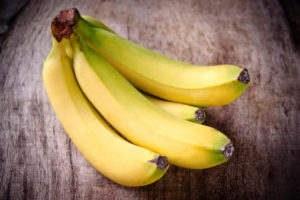
While important for your and your gut’s health, prebiotics have some other benefits that are especially important for dieters. For example, say Penn State experts, eating a diet rich in prebiotics can help you feel fuller longer, which can help you both lose and maintain a healthy weight.
The best sources of prebiotics include bananas, berries, legumes, garlic, onions, whole grains, nuts and seeds.
When you’re reading labels, say Penn State experts, look for these ingredients which indicate the product contains the kinds of prebiotics you need:
- Acacia gum
- Arabinose
- Fructooligosaccharides
- Galactooligosaccharides
- Inulin
- Lactulose
- Maltodextrin
- Wheat dextrin
Mixing prebiotics and probiotics together—swirling some whole grain cereal, nuts, berries or bananas into your yogurt—creates the synergistic effect of adding good bacteria to your gut and making sure it’s fed, too.
Looking for a healthy meal delivery service? We’re here for you! Get started with a Nutrisystem weight loss plan today.



